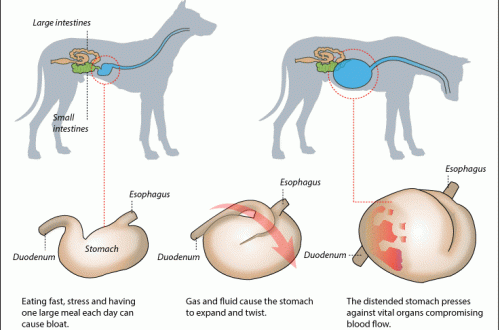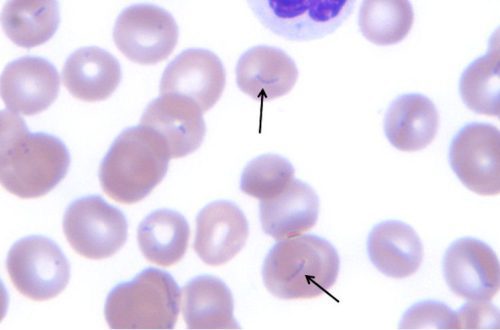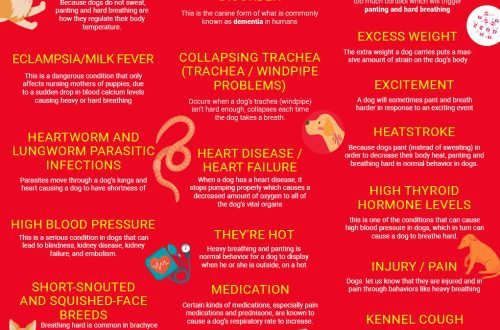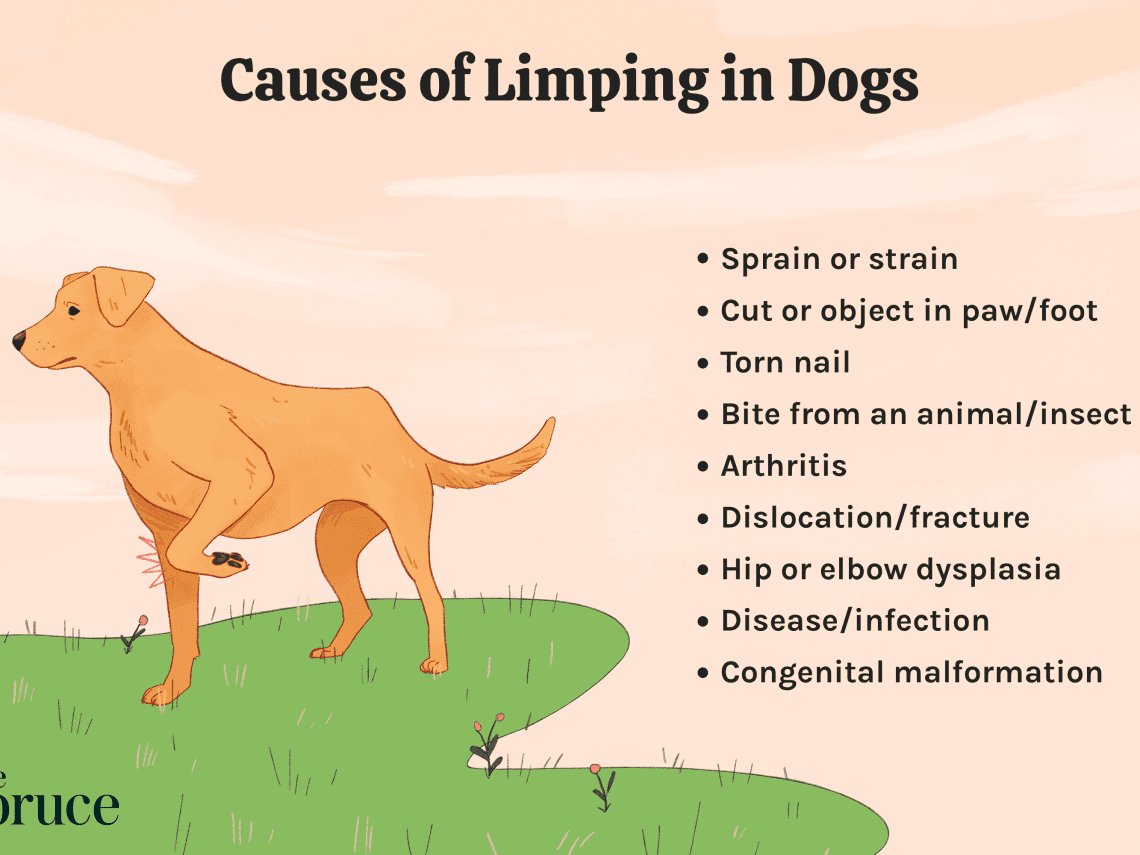
Lameness in small breed dogs
Like any other diseases, patella displacement can be both congenital and post-traumatic, have different degrees of severity and manifest itself at different ages.

The causes of congenital dislocation are not fully understood, the disease is transmitted at the gene level. As a general rule, dogs with patella luxation are not allowed to be bred.
It is possible to detect that a puppy is lame immediately after birth. But, as a rule, congenital dislocation appears after 4 months. However, a pet can start falling on its paw at any age; risk group – older animals.
What is this disease? How does it manifest itself?
The bottom line is that the patella “falls out” of the recess in the bone.
The first degree of the disease – the dog lame from time to time, but the lameness goes away by itself and does not particularly bother the animal. There is no crunch in the joint during movements, there are practically no painful sensations.
The second degree is characterized by intermittent “bouncing” lameness, especially if the joints of both hind legs are affected. Nevertheless, the dog can feel quite well for a long time. True, when the joint is working, a crunch is heard. But the constant displacement of the patella eventually leads to injury to the joint and the formation of irreversible changes in it.

Third degree. Patella is constantly in a displaced position. The dog still steps on its paw from time to time, but mostly keeps it in a half-bent position, spares. When running, it can jump like a rabbit. The deformed joint hurts, the dog feels uncomfortable.
Fourth degree. The paw is not working, often turned to the side. The joint is modified, the “wild” bone grows. The animal jumps on three legs, and if 2-3 paws are affected, it becomes severely disabled.
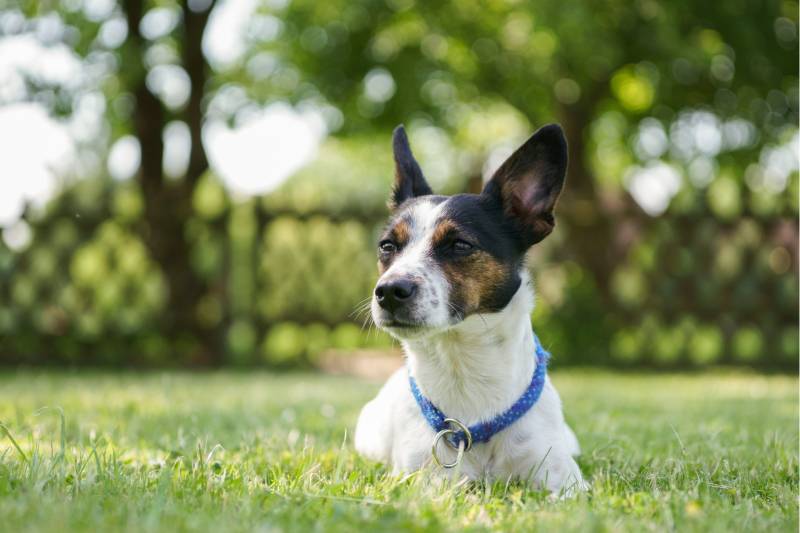
How to help a dog?
The situation is not very simple. There will be no XNUMX% cure. With the first or second degrees of the disease, medications prescribed by a veterinarian, as well as dietary supplements, will help. You may need temporary fixation of the limb.
At the third or fourth degree, surgical intervention is indicated. Somewhere in 10% of cases it turns out to be useless, in the remaining 90% it allows to improve the condition of the animal in one way or another. Recovery occurs gradually, within 2-3 months after surgery.

If you notice that your dog has begun to limp, the reason may be quite commonplace. But in any case, you should not ignore the problem – be sure to consult a veterinarian. Moreover, you can do this without even leaving your home – in the Petstory mobile application, veterinarians will consult you online in the form of a chat, audio or video call. The application can be installed by . The cost of the first consultation with a therapist is only 199 rubles.



